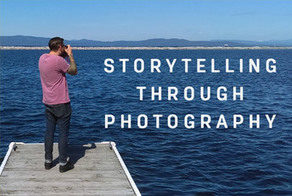Creative
Work
Illustration is the original visual communication — after all, our ancestors etched and painted drawings on cave walls and boulders and canyons thousands of years before Joseph Nicéphore Niépce captured the first recorded photographic image in 19th-century France. And for many years, print advertising leaned on illustrators to sell everything from cigarettes to sofas.
Of course, camera technology has come a long way since Niépce’s crude camera obscura, which produced an image by exposing a bitumen-coated pewter plate to light. Today, the best photography captures real moments in time to elicit real emotion that moves people to act. The best photography is powerful because it makes people feel something. Because it moves them to act.
Still, many brands continue to incorporate illustration — sometimes in conjunction with photography and often on its own. In fact, illustration is quite prevalent, though often overlooked if it isn’t the brand’s focal point. For example, digital icons — everything from “like” buttons to shopping carts and email links — are illustrations. Consider these icons alongside richly detailed, beautiful illustrations, and you’ll get a good sense of the vast range and flexibility of illustration.
A hybrid form called photo illustration combines the advantages of imagery and illustration. Intentionally unrealistic, photo illustration uses creative composition, optical illusion or digital manipulation to blur the lines between imagery and illustration. It tends to work well as a metaphor.
So, how can illustration enhance marketing and advertising, and when should you use it?

What are the advantages of using illustration in marketing?
Photos depict things that actually exist or at least seem to exist. Illustrations, on the other hand, can bring the nonexistent or otherwise unattainable to life. Industries in the astronomy, medical and other scientific fields, for example, need illustration to tell stories.
Illustration can unify a design and totally transform its look, feel and mood. It can help a brand stand out from the crowd in a much more distinctive way than photography can, especially in this era of Instagram and Snapchat, where we’re constantly bombarded by photography of fluctuating quality. It can also give visual communication a more lighthearted, playful or whimsical personality than is possible with photography. This is great for brands that need to convey an idea, product or service that is not exactly tangible.
Illustrative treatments also offer an easier way to visualize complex data or abstract ideas that are otherwise difficult to convey. Our clients in the home and building category often need a way to make complex information easier to digest and understand, and illustration allows us to convert that information into an easily grasped, visual form.
Illustration lends a helpful hand to brands that need many visual assets yet lack existing assets. Unlike photography, it can also freely ignore reality to express ideas and concepts that engage the imagination in fun, weird or even impossible ways. Illustration can freely ignore reality to express ideas and concepts that engage the imagination in fun, weird or even impossible ways.
Is it right for everyone?
Almost every brand will include some level of illustration in its marketing, starting with iconography. However, there may be times when you need to show your product in real life, so consumers can understand exactly what they’re purchasing. In this instance, photography is the better fit. People trust photographs to provide an accurate representation of a place, product or service.
Our clients in the building category benefit from a mix of illustration and photography. A nonprofit client, lacking a large budget or library of imagery, shares rich data and an even richer story through illustration. And in a magazine produced for a vibrant, unique community nestled within a majestic corner of South Carolina’s Lowcountry, illustration allows each article to have its own distinct personality.
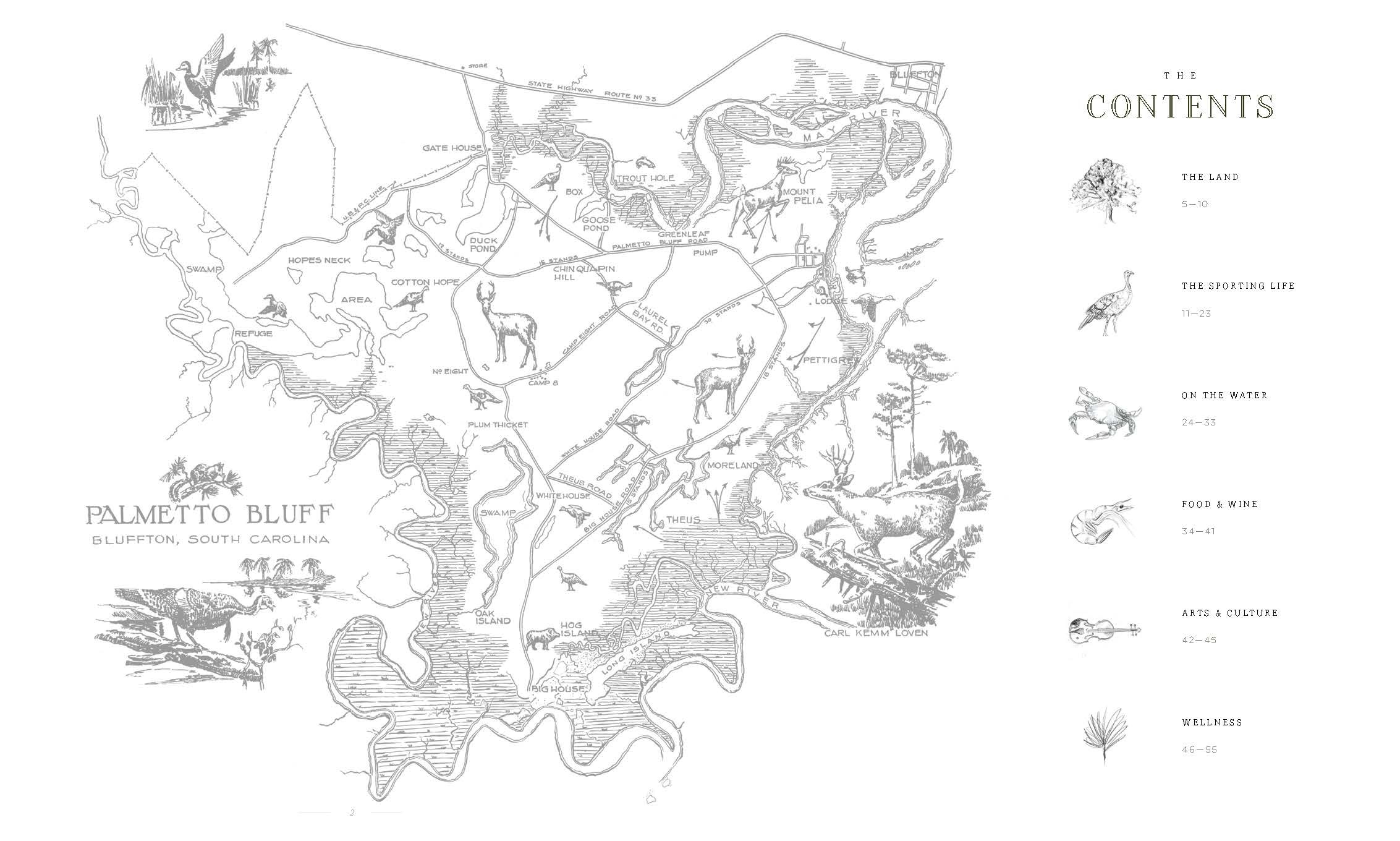
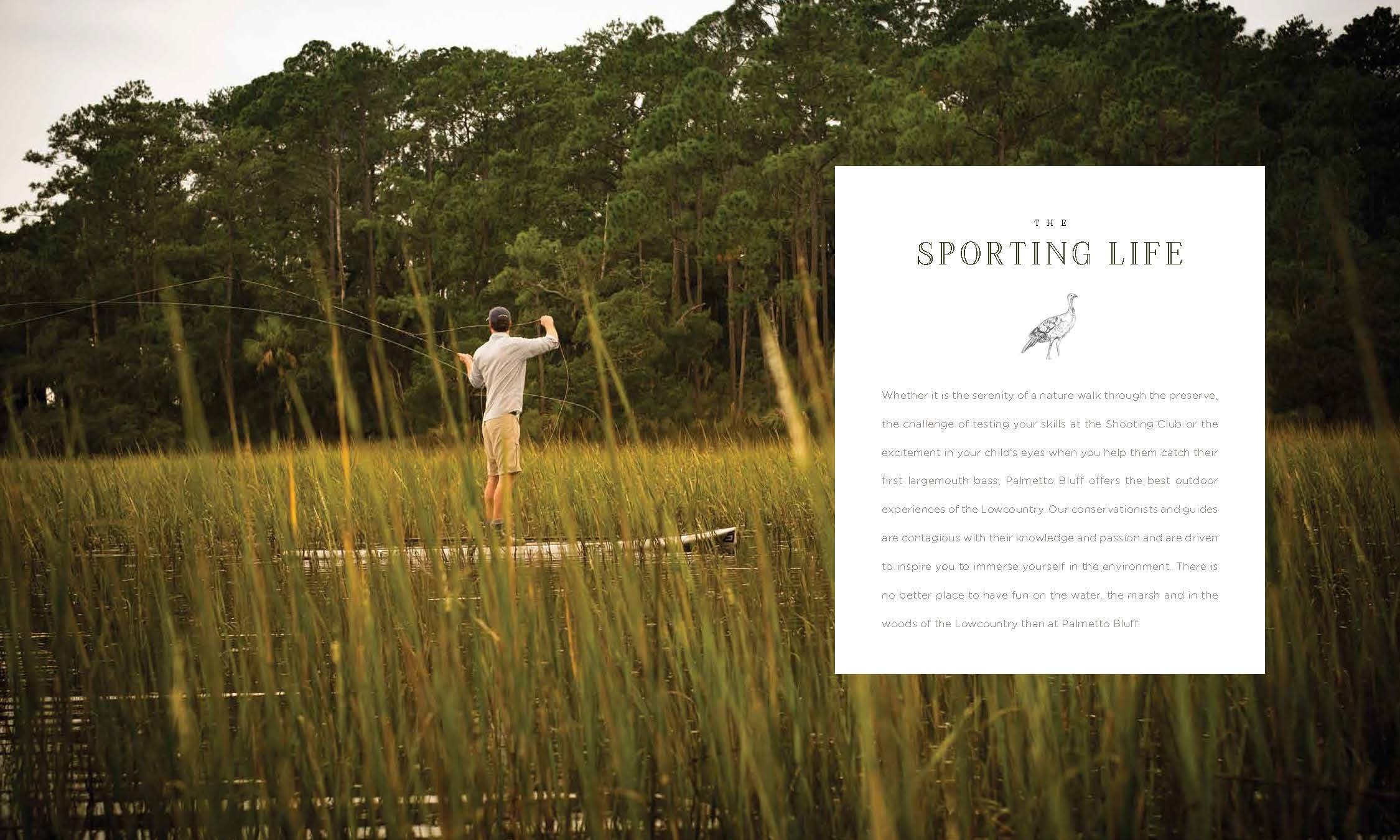
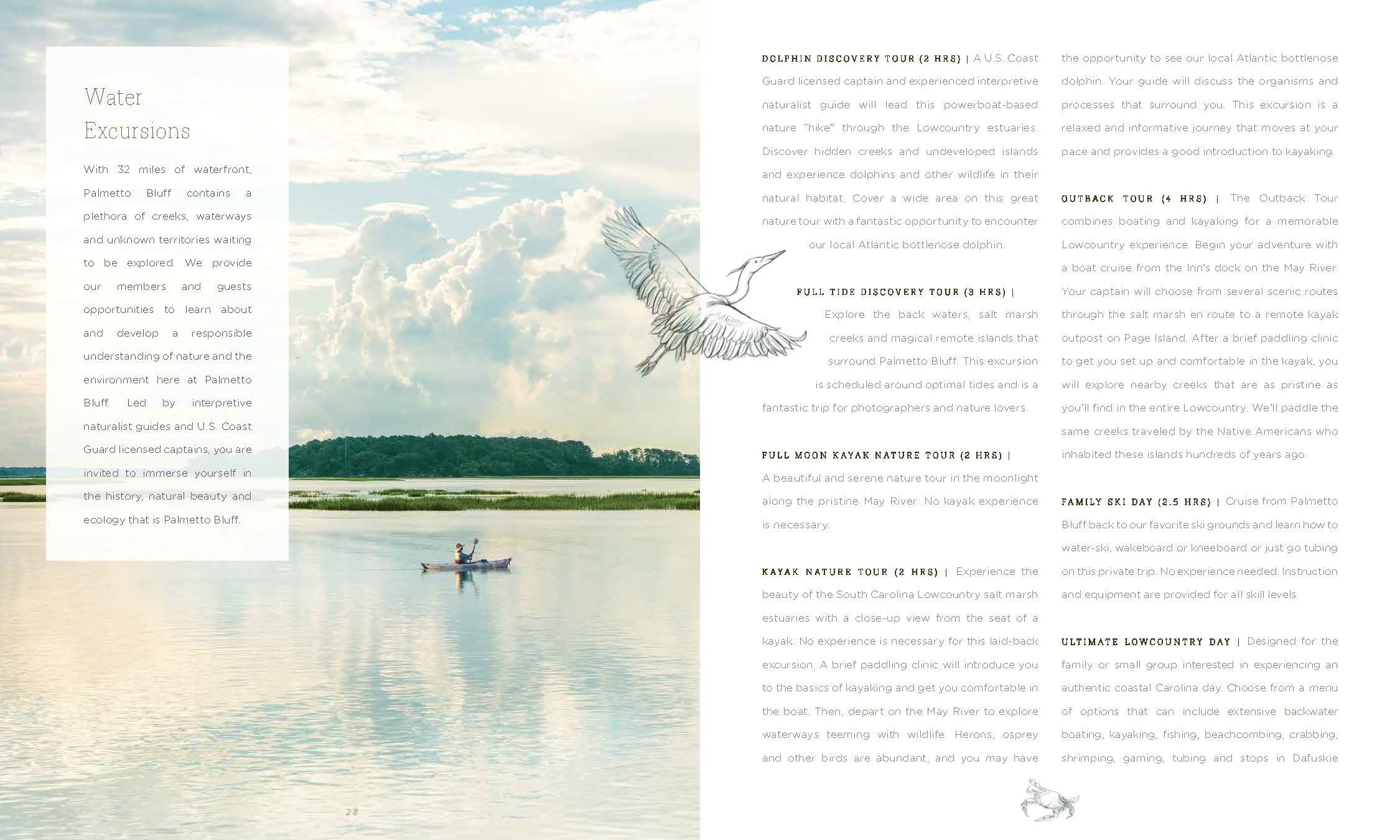
Sometimes, you need your imagination to be the limit, not the budget or the practical logistics of what to shoot, where to shoot it and how to shoot it. And in those instances, illustration may be exactly what you need.
With that said, even large corporations with vast resources want to identify the most cost-effective marketing solutions, so budget will likely affect your decision. So, is illustration expensive?
The short answer is that illustration will almost always cost less than photography. Consider that photography requires models, hair and makeup artists, sets, a wardrobe stylist and potentially travel costs and props — all in addition to the photographer.
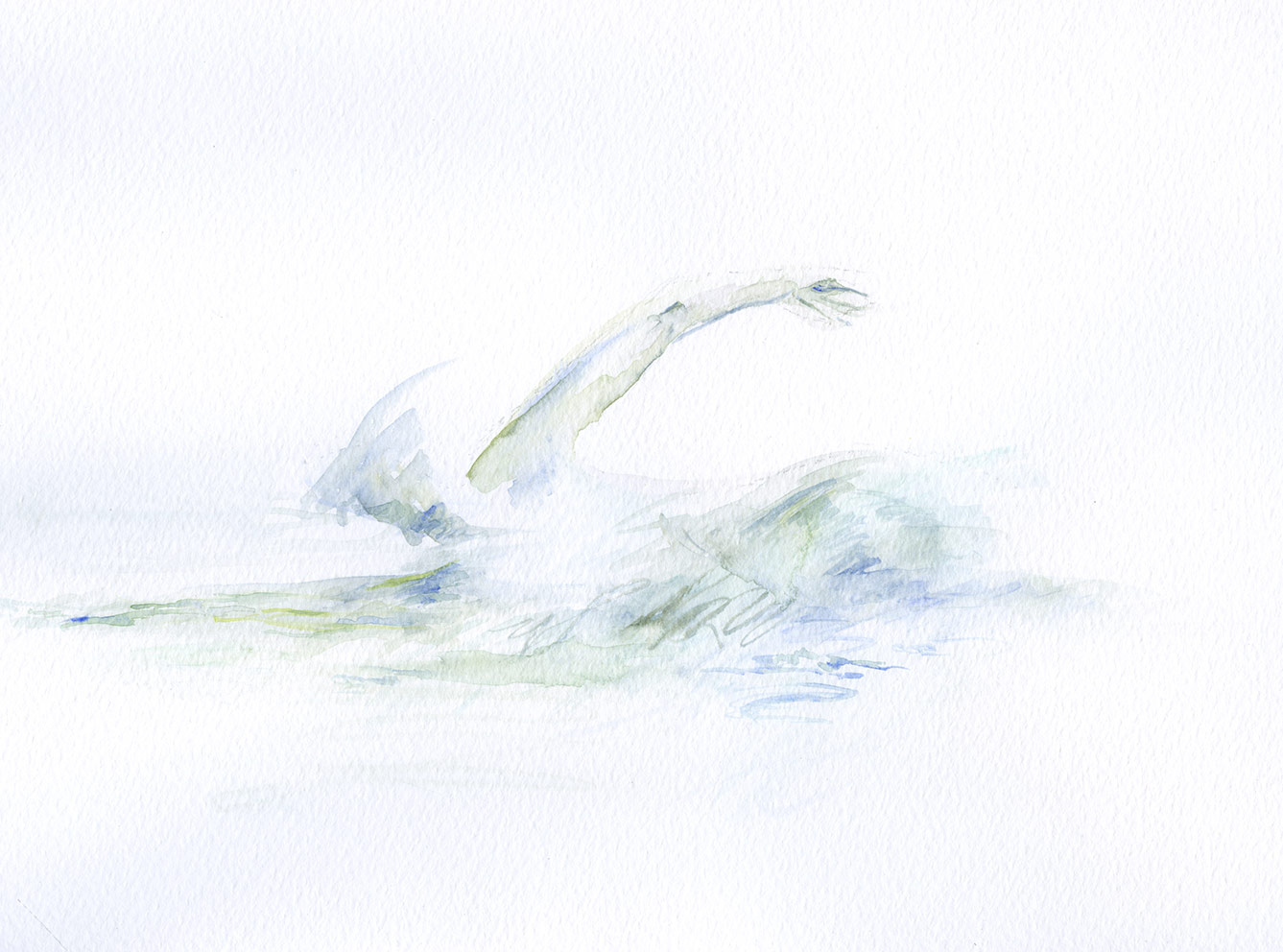
Both illustration and photography have a ton of potential when they’re done well. But they can also both have an extremely negative effect if done poorly. Always base your decision on 1) whether you need a finished product grounded in reality and 2) what your budget allows. Above all, carefully consider different mediums and styles to ensure you choose exactly the right path for your brand, your message and your goal.
